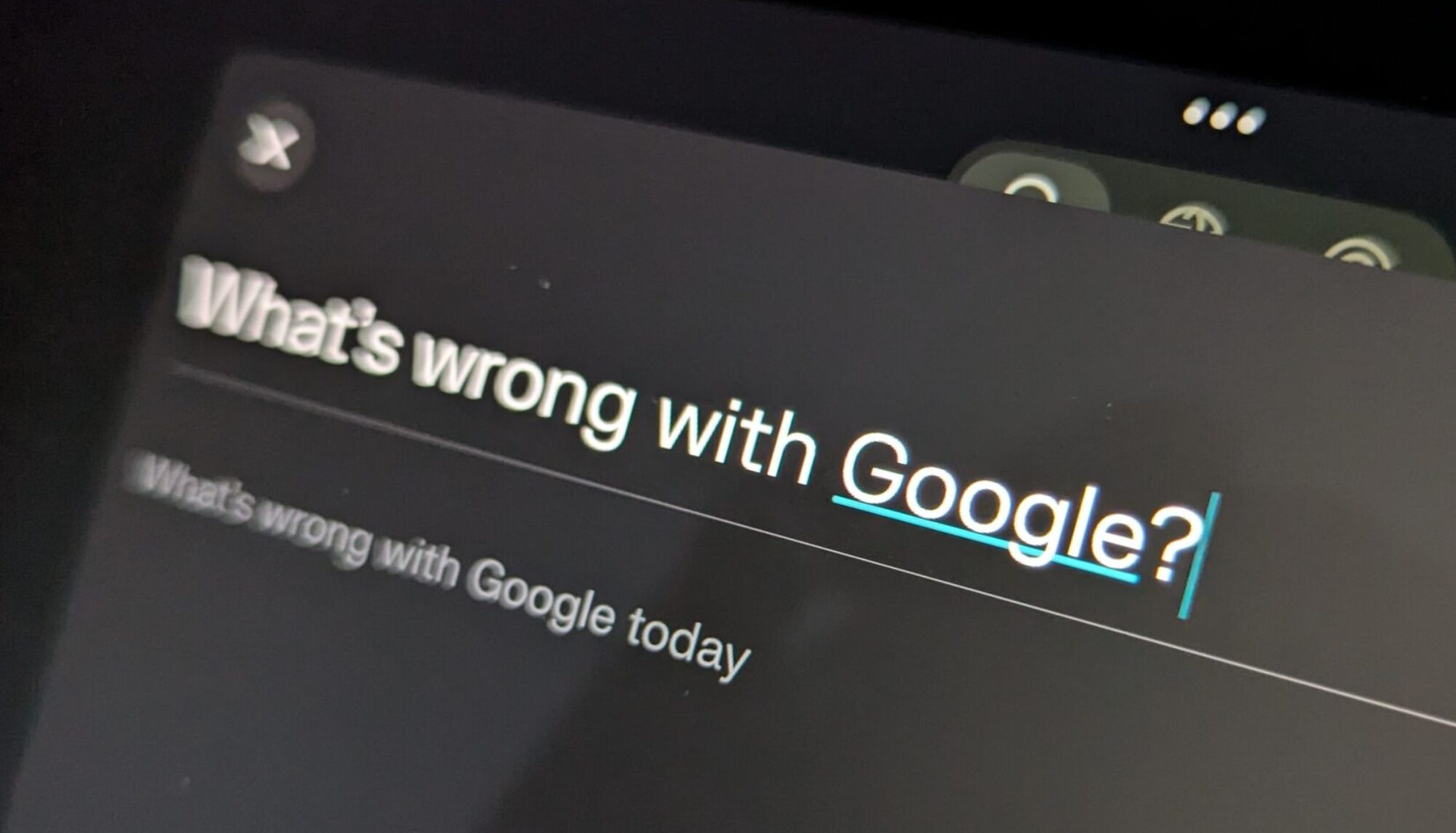Every business needs to generate leads. Leads become customers and if you don’t have customers you don’t have a business. Consequently we see a lot of material online purporting ways to improve lead generation . However, if we look closely at the advice it is not clear how the recommendations could be supported by results which probably explains why they are not.
A post on LinkedIn claimed to identify the elements of a “great lead gen landing page”. It was posted by a prominent marketing company and cited another online source. Let’s start with their top three:
1. A concise headline. Was A/B testing performed with a concise versus a non-concise heading? What does that even mean? An example would be fascinating as would the raw numbers in the difference on leads from each. Wouldn’t a headline that addressed what visitors were looking for be more persuasive than something that is simply concise? What process should be followed to identify a concise, or even better, a pertinent headline?
2. An image or video. Was testing performed with and without images for a variety of business types? What was the difference in raw numbers of leads by business type? This suggestion is a no-brainer for physical products but illustrating services in a way that makes sense to visitors is not so simple.
3. A core benefit statement. Many businesses get tripped up on this because they state what they think is a core benefit rather than doing the research to discover the benefits that most people are searching for. What is the process for crafting an effective statement?
The point of this exercise is that your landing page needs to be customized to the needs of your best prospects. There is no “one-size-fits-all”. A careful search engine optimization (SEO) process can give the direction you need to properly craft your landing pages. By starting with the proper research as we do at sem[c] you will know how people are looking for what you are offering. Only then can you start tailoring your landing page to their needs.

